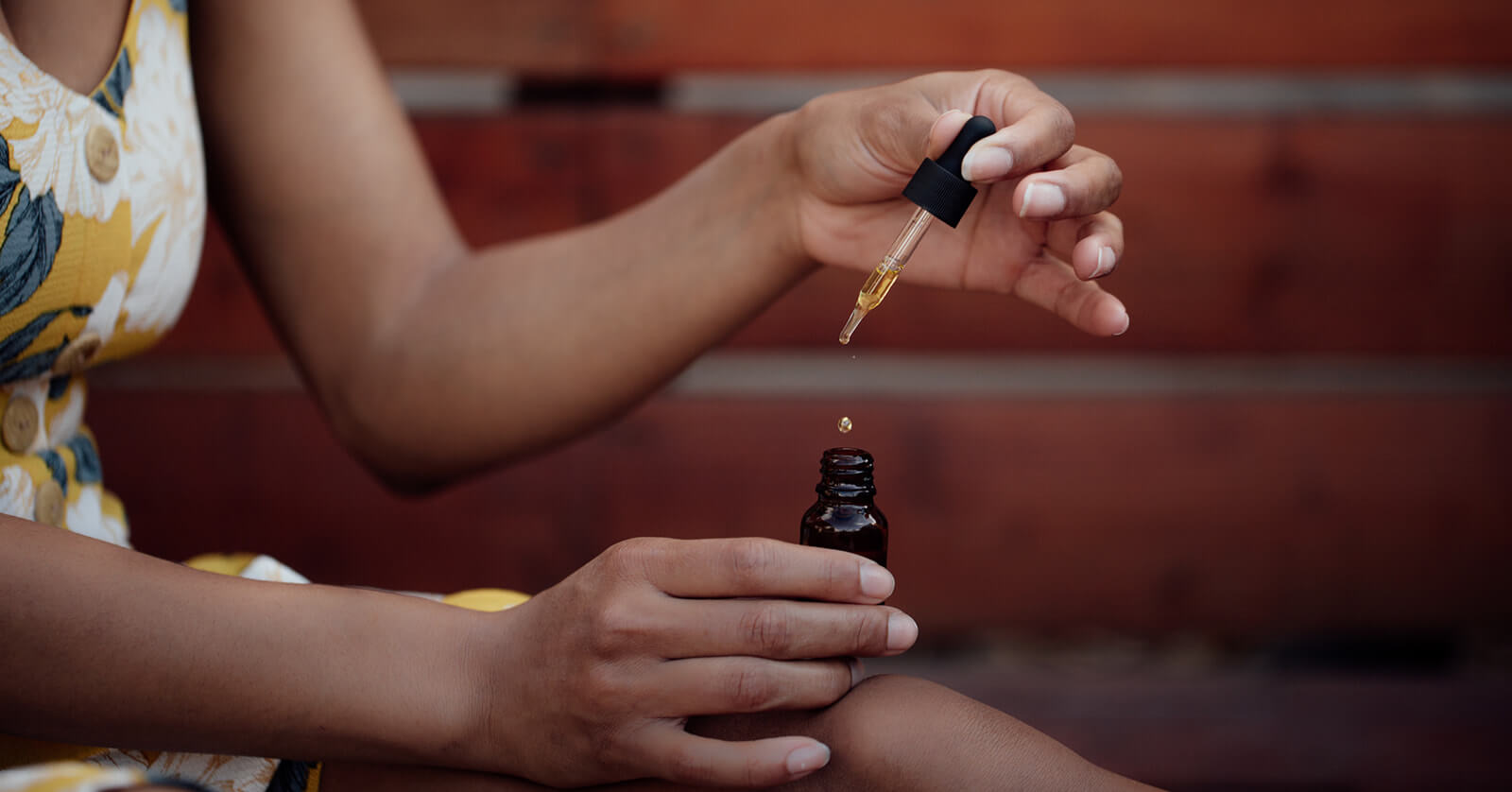
In a world where more is often more, microdosing is the gospel of minimalism.
In this less is more approach, practitioners consume minimal amounts of cannabis to reap its healing benefits while avoiding psychoactive or less desirable effects. Adherents are using microdosing to boost creativity, enhance yoga and workout sessions, alleviate pain and balance their moods while avoid feeling “high,” anxiety, or lethargy.
“Most people don’t know about microdosing,” Michelle Ross, founder of IMPACT network, a nonprofit organization that uses empirical medical research to find new cannabis-related treatments for patients, told Leafly. “They just blast their system with cannabis or high amounts of THC, and that is not always the best approach for whatever condition they have,”
Anecdotally, we’ve heard many times about people using cannabis to manage anxiety, for example, only to find they’ve taken too much and have inadvertently increased their feelings of anxiousness.
Many advocates and doctors alike posit that with all drugs, the golden rule is the minimum amount for the maximum benefit.
And although microdosing has long been associated with hallucinogenics like LSD and psilocybin, microdosing cannabis is increasingly popular, with benefits available at far lower doses than one might assume.
With the growing number of states that have legalized recreational use or expanded access to medical cannabis, there are also growing numbers of new or curious cannabis users who are interested in the potential benefits they’ve heard about, but hesitant to start experimenting. For them especially, microdosing might be the ticket to finding the balance between useful benefits while maintaining the ability to function at a totally normal level.
What Does the Research Say?
According to experts in the field, many patients—including seasoned users and new coverts—are trying microdosing to manage depression, anxiety, pain, PTSD, insomnia, and to improve focus and overall sleep quality.
Although the body of research is still small, some clinical studies support the microdosing approach.
For example, in a 2012 study, patients with late-stage cancer who no longer responded to opioid painkillers were given nabiximols, a THC-CBD compound, at low, medium, and high doses. Interestingly, those who were given then the lowest doses measured the greatest pain reduction, while the participants who received higher doses actually reported more pain.
In another 2014 study, incarcerated people with Post Traumatic Stress Disorder (PTSD) symptoms were given 4mg doses of Nabilone, a synthetic cannabinoid, to help treat their symptoms. The participants reported that the low dose led to notable improvements in their PTSD-related issues, including insomnia, nightmares, anxiety, and chronic pain.
Doctors who have studied the issue report that microdosing can also be useful for maintenance, once chronic conditions like multiple sclerosis are under control. “If I see someone with multiple sclerosis who is in the middle of a flare-up and having a really hard time, she may need a higher dose to get the symptoms under control,” Physician Dustin Sulak told Leafly. “But as she gets well and heals, her daily dose will go down and down and down, until the point where microdosing becomes a maintenance plan,” he said.
How Much is a Microdose?
As everyone’s physiological makeup is different, there is no magic number for effective microdosing. Factors like metabolism, genetics, and tolerance all contribute to how THC will affect an individual. Proponents of microdosing suggest an experimental “Go low and start slow” approach.
General recommendations suggest that people curious about microdosing start out with a 2.5mg dose and only increase the dosage after several days. Although others suggest an even lower starting point and even a detox period first for regular cannabis users.
Dr. Sulak suggests a 48-hour abstinence stretch to reset the endocannabinoid system, the body’s innate system responsible for regulating sleep, mood, and appetite. He suggests that after this brief window, cannabinoid receptors are restored to baseline levels, and people can begin with the introduction of a 1mg dose.
How to Consume a Microdose
Of course, with traditional consumption methods like smoking, it can be difficult to precisely measure a microdose. Starting out with a single puff of flower can be a good approach, but many want a more measured method.
Some experts point to oils and tinctures for more accurate dosing while suggesting that edibles be avoided as they can be notoriously difficult to measure.
Other options are products specifically formulated with microdosing in mind – these products will have precise information about THC concentrations and can be consumed with intentionally low doses.
In short, microdosing might be the next wave in how cannabis is consumed—and be the shift away associations with purely recreationally use or as a tool to manage chronic conditions, to instead a daily wellness shot, much like a multivitamin, as Dr. Sulak puts it.
For those that want to stay on top of their game, microdosing might be the perfect antidote—all gain, and no pain.
For more about Item 9 Labs offerings and philosophy, check us out on Instagram, Facebook, or at your nearest dispensary.
Christina Rock is a Cape Town-based writer and creator. Follow her around the internet.

Recent Comments